AAOMS Practice Management offers a variety of education and resources to help oral and maxillofacial surgeons and their staff run practices efficiently.
American Association of Oral and Maxillofacial Surgeons
Oral and maxillofacial surgeons:
The experts in face, mouth and jaw surgery®
The experts in face, mouth and jaw surgery®
Practice Resources
QUICK
LINKS
LINKS



